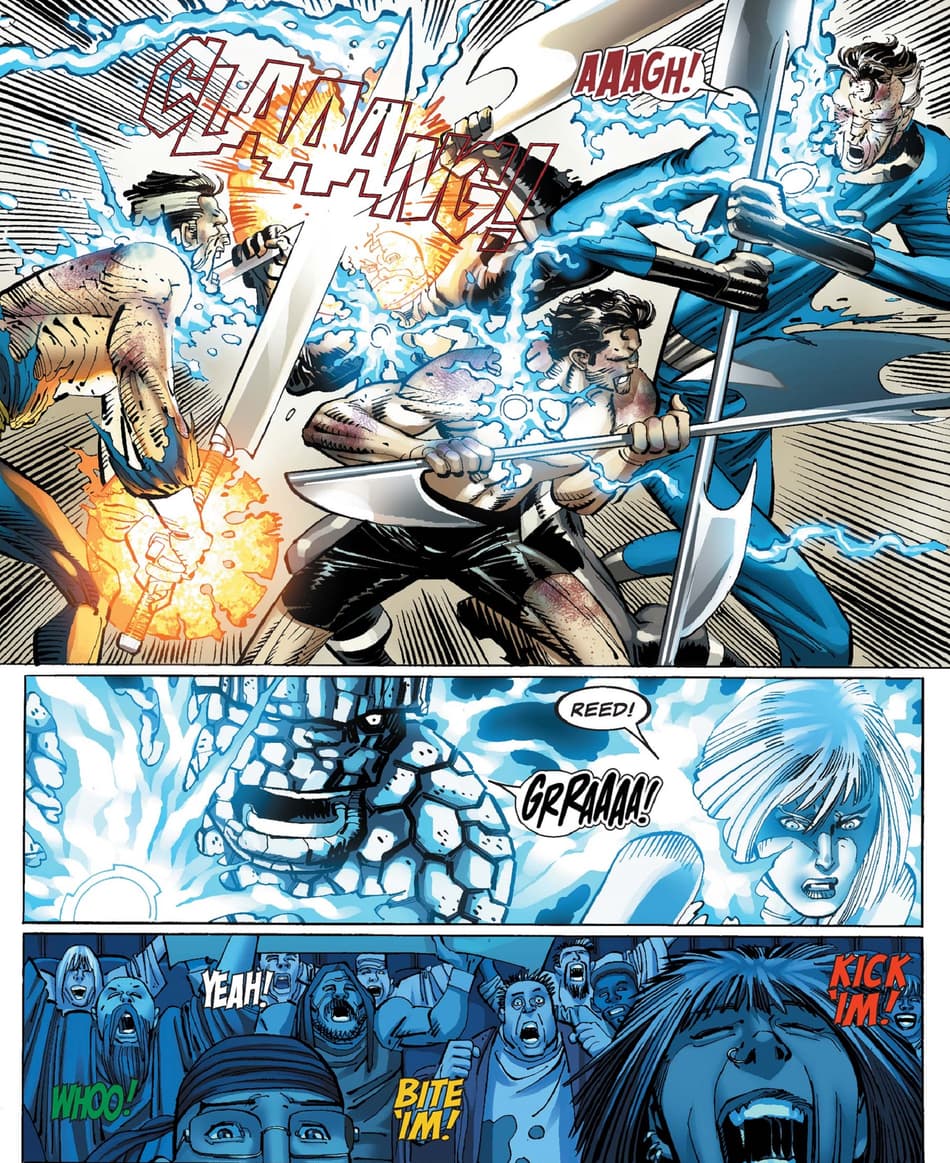Step-by-Step Guide on How to Become a Freemason for New Members
Step-by-Step Guide on How to Become a Freemason for New Members
Blog Article
Discover the Keys Behind the copyright and Their Influence on Culture
The copyright, usually shrouded in misconception and conjecture, presents a fascinating case study of how historical ideals can morph into contemporary conspiracy theory concepts. As we discover its origins, influence on innovative thought, and portrayal in contemporary culture, we start to reveal the layers of intrigue that proceed to mesmerize society.
Origins of the copyright
The copyright, frequently shrouded in enigma and supposition, traces its origins back to the late 18th century. Known as the Bavarian copyright, the company's primary purpose was to counter the prevailing influence of spiritual conviction and promote intellectual discussion among its participants.
The copyright adopted an ordered framework, drawing ideas from Freemasonry, which enabled secretive conferences and rituals - how to become a freemason. Subscription was selective, including prominent numbers from various fields, including national politics, viewpoint, and science. This elite network looked for to effect social and political adjustment through clandestine means, promoting for the rights of individuals and the improvement of society
In spite of its reasonably short presence, the Bavarian copyright was officially dissolved in 1785 due to government reductions. However, its tradition sustained, giving surge to numerous conspiracy theory concepts and popular culture referrals that proceed to provoke intrigue and dispute concerning its influence on contemporary culture.
Key Myths and False Impressions
Among the attraction of privacy bordering the copyright, many misconceptions and misconceptions have arised, typically distorting the team's true nature and purposes. One widespread misconception suggests that the copyright controls the globe's federal governments and economic situations. While it is real that the team intended to affect social structures, the notion that it runs as a natural worldwide puppet master is largely overstated.
Another usual misconception is that all participants of the copyright possess large wealth and power. In truth, the initial copyright consisted of pundits and Knowledge thinkers, much of whom sought reform instead than supremacy. Furthermore, the concept that the copyright solely recruits stars and political figures is misleading; subscription has traditionally included a varied variety of individuals.
Additionally, conspiracy theory concepts frequently repaint the copyright as an evil-minded organization intent on worldwide supremacy with nefarious means. Therefore, dividing reality from fiction is essential for a clearer understanding of the copyright's function in culture.
Historic Influence on Culture
Throughout background, numerous intellectual movements have exceptionally affected social frameworks, and the copyright played a considerable duty throughout the Knowledge. Established in 1776 in Bavaria, the copyright aimed to promote reason, secularism, and the doubting of established authority, countering the dominance of religious dogma. This company drew in influential thinkers and supporters of freedom, promoting an atmosphere for the circulation of Knowledge ideals.
The copyright's ethos championed logical thought and empirical evidence, which added to the wider intellectual landscape that motivated social reform and political modification. Members sought to improve culture by promoting for education and learning, liberty of expression, and the splitting up of church and state. Their private nature and enthusiastic program stimulated both intrigue and suspicion, resulting in their eventual suppression by the Bavarian government in 1785.
Regardless of their dissolution, the heritage of the copyright lingered, influencing innovative movements across Europe and the Americas. Their commitment to enlightenment concepts aided prepare for contemporary democratic perfects and civils rights, leaving an enduring imprint on the structures of contemporary society. how to become a freemason. The attraction of their deceptive gatherings and thoughtful quests remains to captivate the creative imagination, highlighting their historic value
Modern Interpretations and Beliefs
Contemporary interpretations of the copyright typically blend historic fact with conspiracy theory concepts, creating a complex tapestry of ideas that capture preferred creativity. While the initial copyright was a Bavarian secret culture founded his explanation in 1776 with Knowledge ideals, modern ideas have advanced to include a wide variety of interpretations, usually focusing on styles of control and privacy.

Moreover, some contemporary interpretations presume that the copyright offers as an allegory for the struggle in between enlightenment and lack of knowledge, with advocates advertising recognition and essential reasoning as a benefit of joining freemason method to combat viewed injustice. This duality-- viewing the copyright as both a literal and symbolic entity-- highlights the ongoing attraction with the concept, mirroring much deeper social anxiousness regarding power, transparency, and private autonomy in the contemporary globe.
The copyright in Pop Culture
The copyright has actually penetrated different aspects of pop culture, materializing in literature, film, music, and art as a symbol of intrigue and mystery. This secret society, often depicted as a shadowy pressure controling worldwide events, has influenced countless narratives that check out motifs of power, conspiracy, and concealed expertise.

Songs, my link too, has been affected by the principle of the copyright. Musicians like Jay-Z and Beyoncé have actually faced supposition concerning their associations with the culture, motivating discussions regarding meaning in their work and the nature of fame.
Visual art commonly includes copyright concepts, with musicians making use of symbols like the Eye of Divine superintendence and the pyramid to evoke a sense of secret. Through these different mediums, the copyright serves not only as a topic of conjecture yet also as a lens with which culture examines its very own intricacies and anxieties.
Conclusion

Report this page